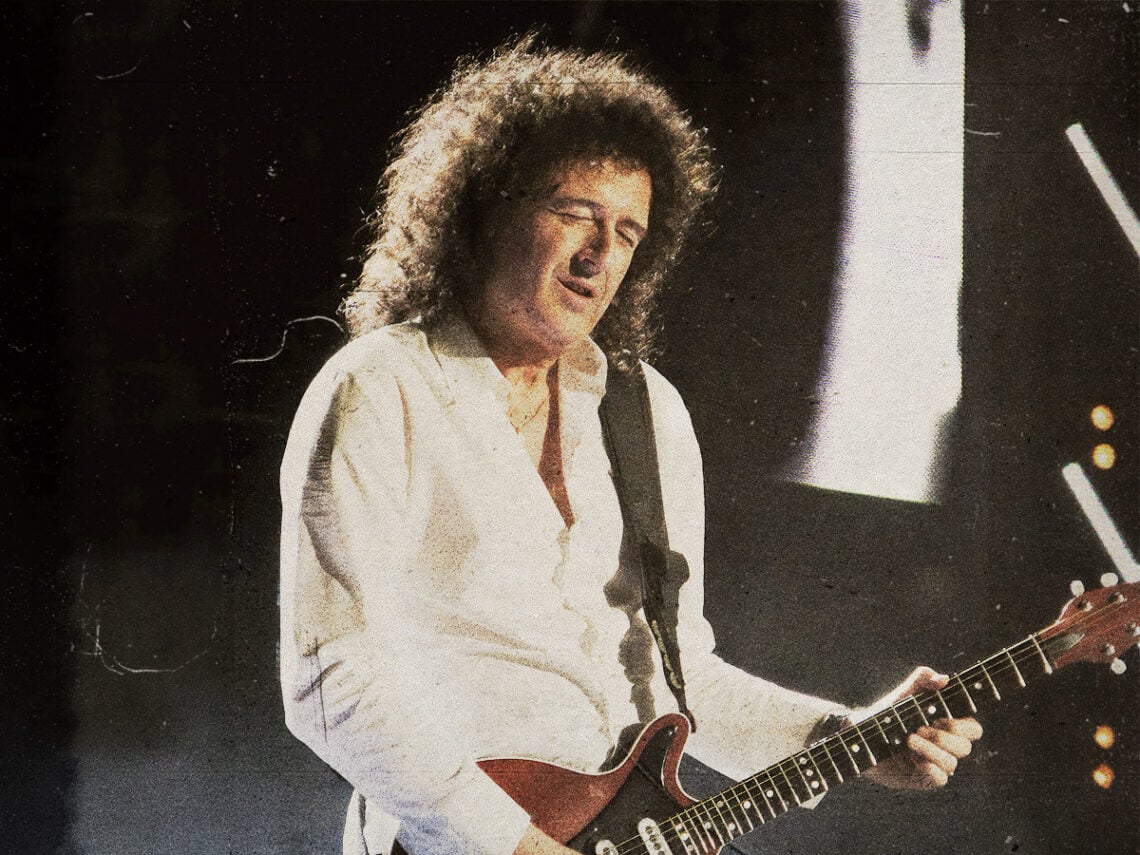
(Credits: Far Out / Paul Williams)
Wed 12 November 2025 7:00, UK
Rock songs come and go, but very few can ever hope to amass the same masterful reputation as Queen’s iconic 1975 smash ‘Bohemian Rhapsody’; a track which changed the musical landscape forever, and sounded as if it could have been beamed down to Earth from the outermost reaches of the cosmos.
On the face of it, ‘Bohemian Rhapsody’ is an incredibly unlikely hit, sharing little – if anything – in common with the prevailing pop sounds of the mid-1970s, despite the fact that it topped the UK singles chart and to this day tops polls of audiences’ all-time favourite tracks. A core part of that came from the song’s unusual composition, split into multiple distinct sections spanning a six-minute suite and adopting a kind of narrative structure most often found in opera rather than the hit parade.
That unusual structure, of course, played into the unusual tastes and artistic desires of Queen, who were always a little different from their rock contemporaries in Britain. In fact, a prime example of their unwavering individuality lies in the fact that nobody can seem to agree on what genre ‘Bohemian Rhapsody’ actually is; it’s not quite progressive rock, and hard rock also seems like a stretch, but then the broad umbrella term of art rock doesn’t seem to do it justice. Seemingly, it is best to view the song in a league entirely of its own.
On the other hand, though, a track as ambitious and individualistic as ‘Bohemian Rhapsody’ doesn’t typically emerge from the ether fully-formed and ready to go. Prior to its release in 1975, Queen had already created a multitude of similarly complex, overly ambitious tracks, the only key difference being that the Great British music-buying public, in their infinite wisdom, didn’t take to those tracks in the same way that they did ‘Bohemian Rhapsody’.
“People have a hard time understanding how unsurprising ‘Bohemian Rhapsody’ was to us,” Brian May once affirmed to Classic Rock. “If you look at the first album [1973’s Queen], you’ve got ‘My Fairy King’, which is very complex and goes all over the place.” That fantasy-soaked folklore anthem was virtually ignored upon its release, despite being a key stepping stone in the journey of Queen’s defining masterpiece.
It wasn’t the only early draft of the band’s complex arrangements, either. As May continued, “Then you’ve got ‘March Of The Black Queen’ on the second album, which is enormously complicated.”
In fact, the guitarist declared, “It’s way more complicated than ‘Bohemian Rhapsody’. So it wasn’t that much of a surprise to us. It was just: ‘We’ll do another one of these things.’”
With the benefit of hindsight, it is easy to see how the band arrived at ‘Bohemian Rhapsody’ from those two earlier tracks – although neither seems to have had any kind of renaissance in popularity in the intervening decades since their release.
Even still, though, the atmosphere of that 1975 single is so utterly unique and, to this day, groundbreaking that you cannot really blame the listeners of the early 1970s for not hearing the parallels between it and two relatively obscure older Queen tracks.
Related Topics

